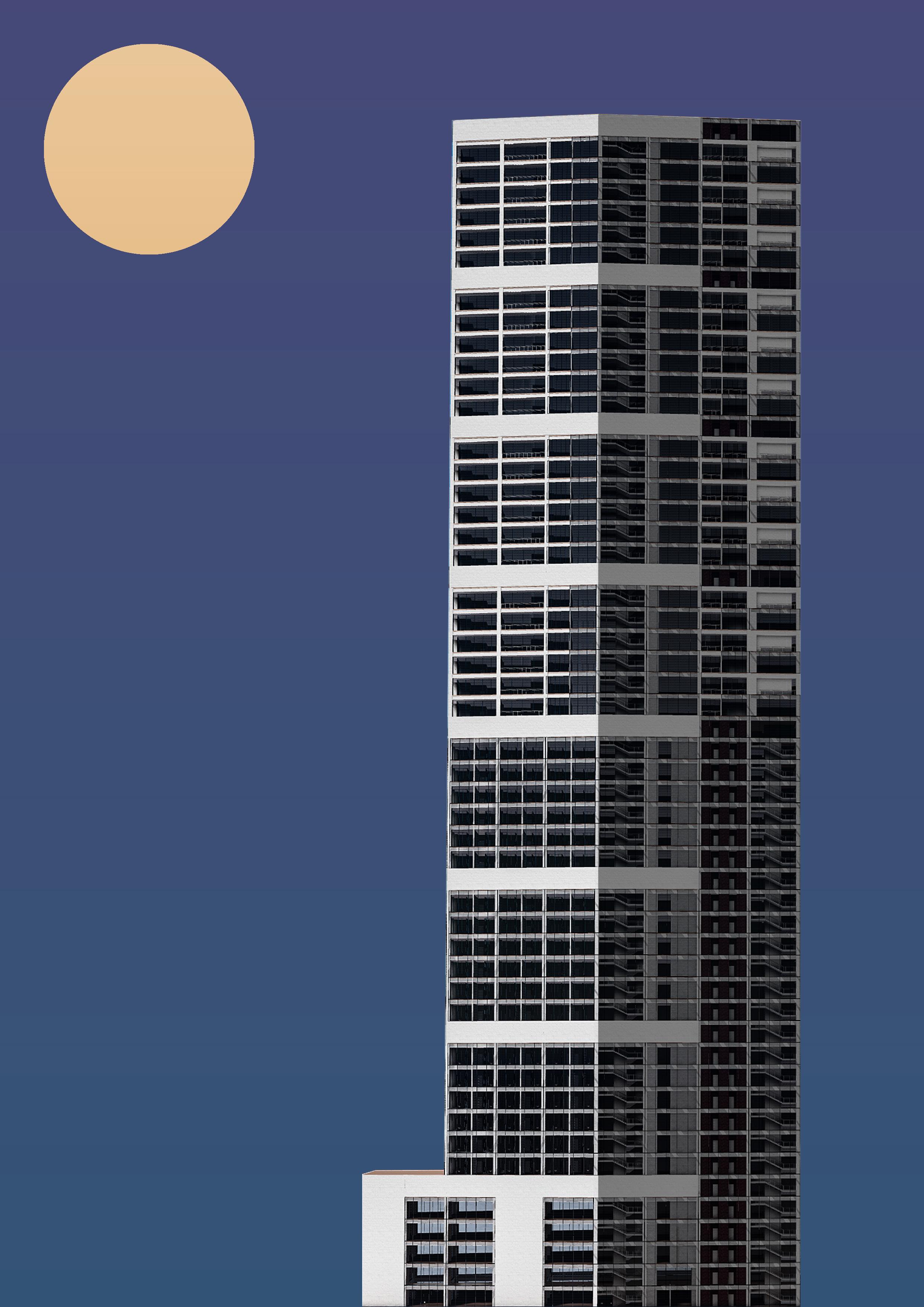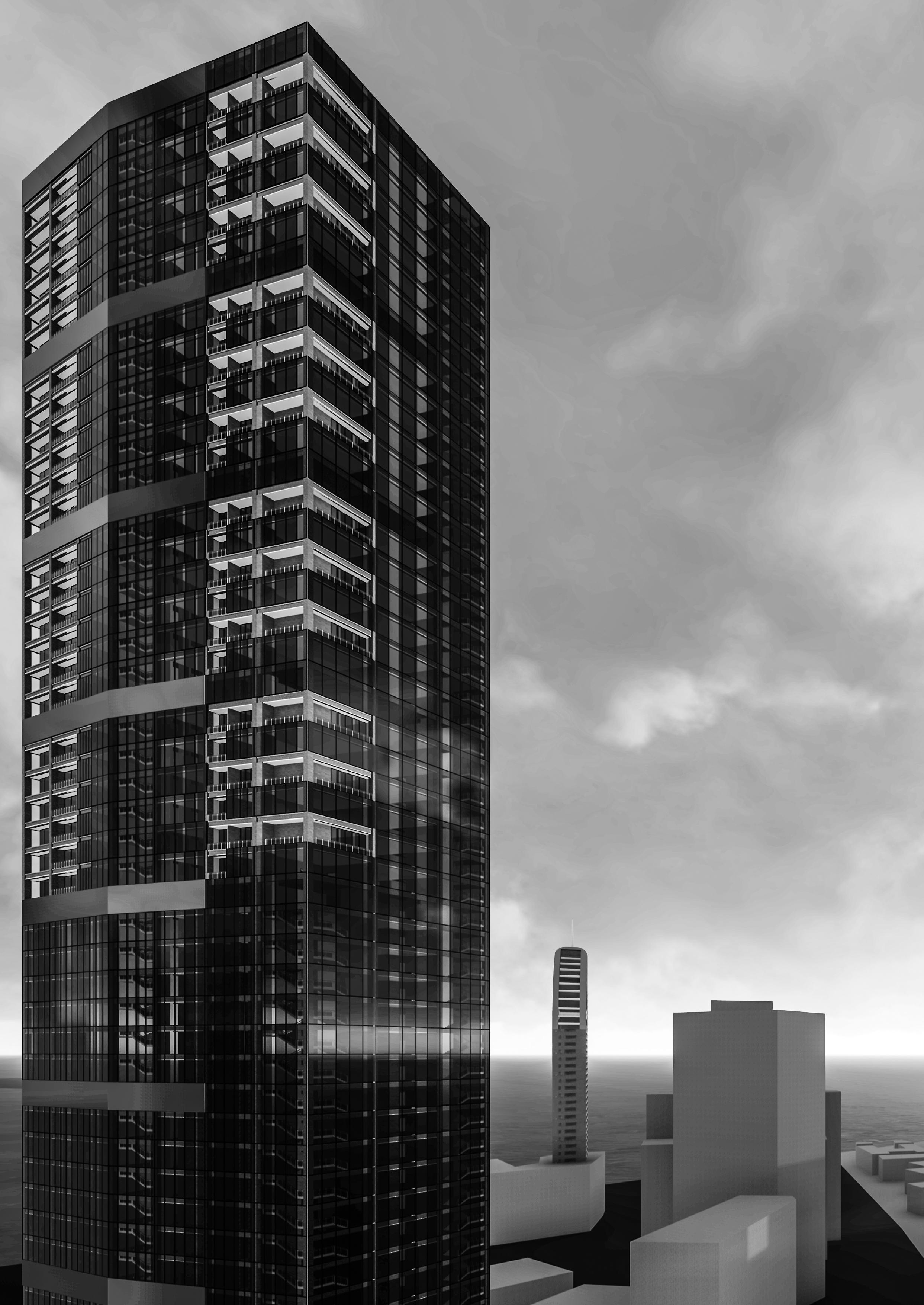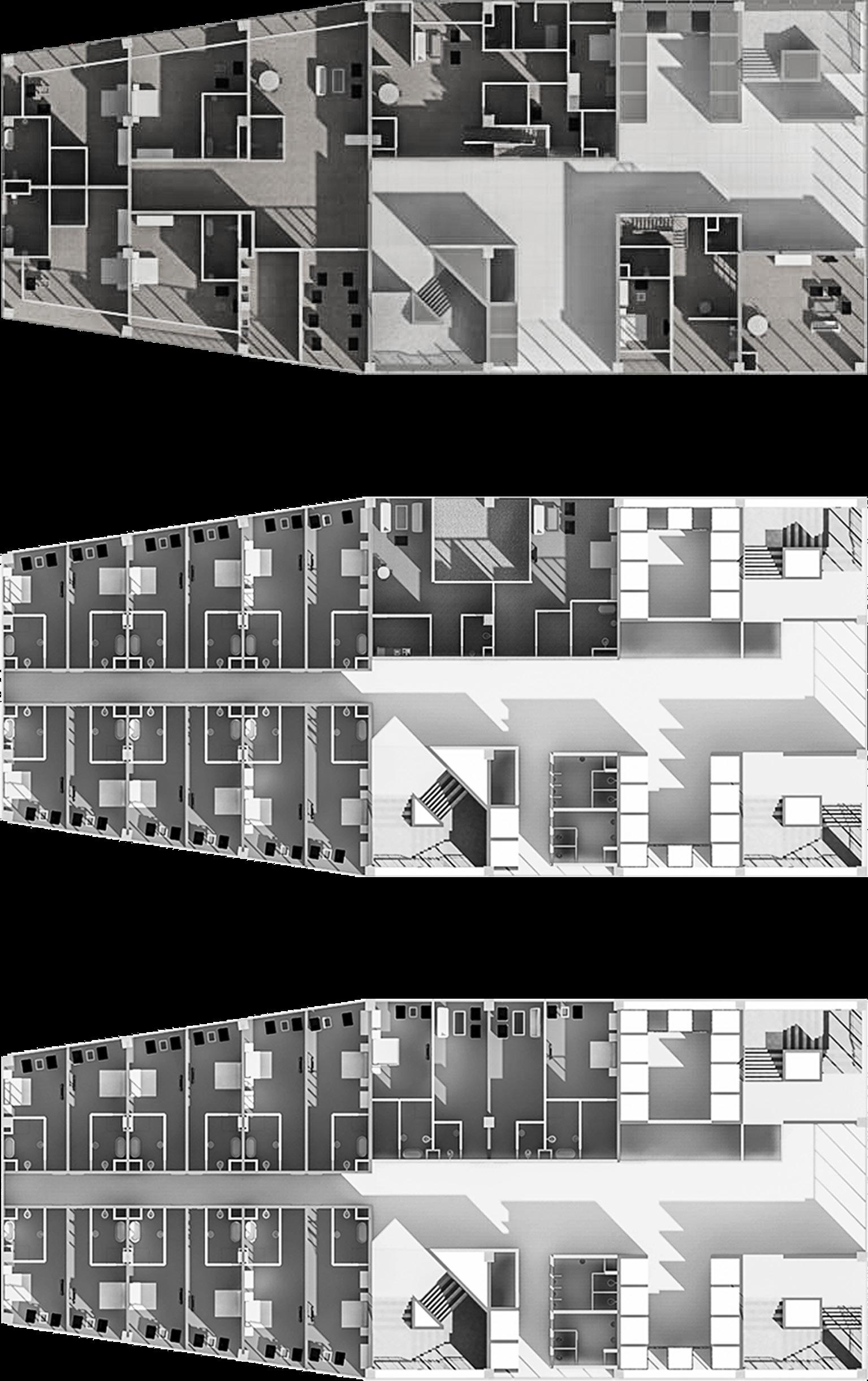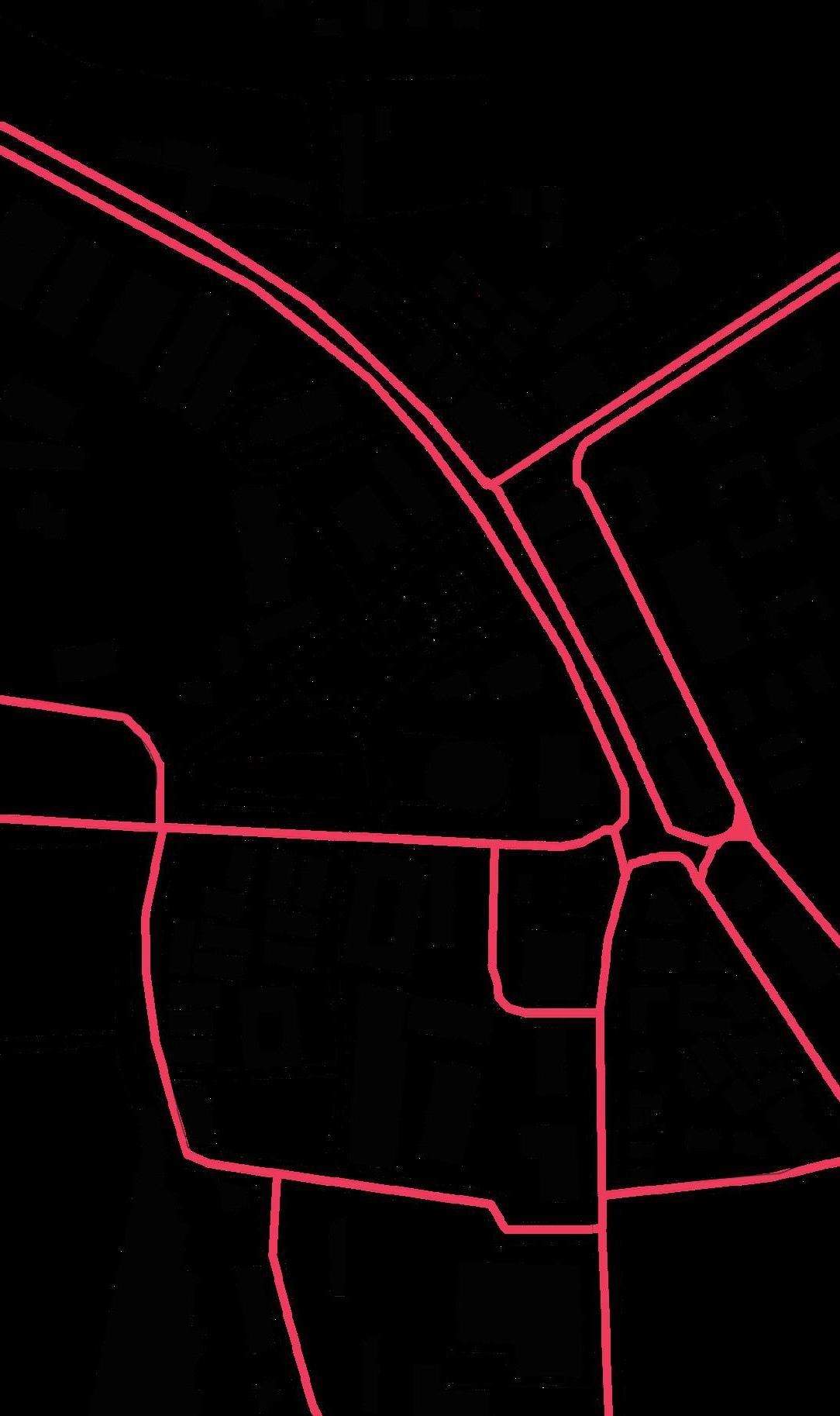
1 minute read
Architecture
Indian cities are witnessing huge demographic growth due to migration from nearby villages and towns, leading to an urban spread, increase in housing demand and rise in cost of land. With growing demand and shortage of land in urban regions, it has become the most appropriate approach to build vertically.
Sustainability is improved as people are able to reduce or eliminate commutes, travel, vehicle usage and other resource intensive activities. This reduction in resource intensive activities includes not only the occupants of these complexes but also the provision of services. This concentration of services is a key to sustainability.
Advertisement
It consists of luxury residences, hotel, spa sauna and 24/7 diners with a banquet hotel and a roof top ocean bar.
Vertical Neighborhood
Space. Behavior. IMPACT.


The vertical neighborhood becomes an economic response to increasing real estate costs and the increased cost of development. Mumbai being an island, there’s no scope of horizontal developement, so a higher FSI is allowed by the government. Keeping in mind the high population and its high density and people still flocking to ‘The City of Dreams’, the government had to allow a higher FSI.
First risk is mitigated as absorption is dependent on more than one use. Second, the synergy between the uses creates demand for tenants/ owners to be included in these complexes thus helping to ensure their financial success.
The project thus focuses on high rise typology and is located on a slum rehabilitation site in Worli, Mumbai. Located near the Bandra-Worli Sea Link, this 57 storied tower provides spectacular views of Bandra’s skyline and the Mahim Bay.








